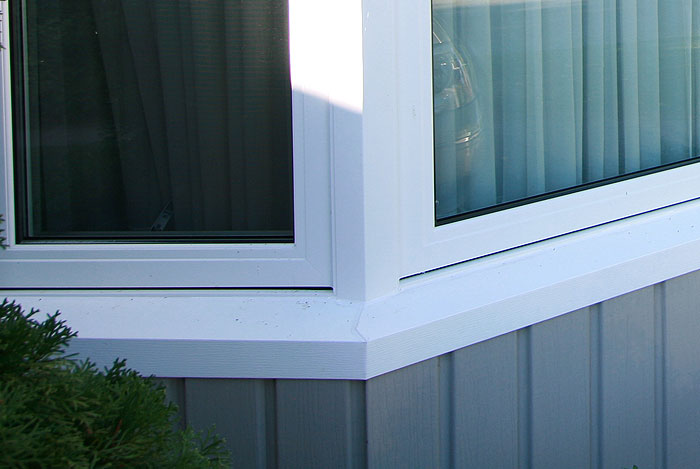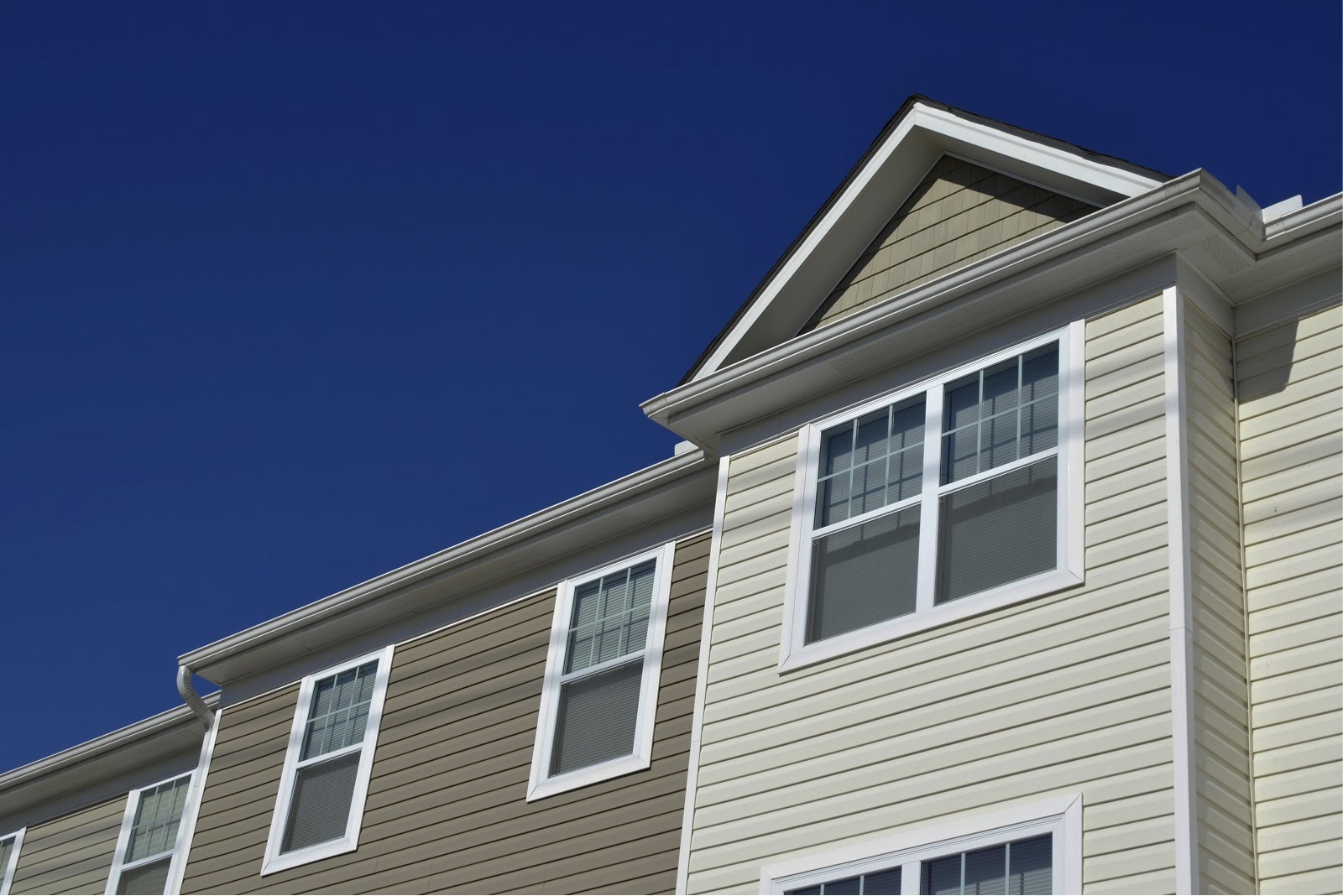Are you doing a windows project?
Modernize can pair you with three to four pros in your area, so you can compare options and save time and money.
Are your wooden window frames looking a little lackluster? Tired of paying a professional painter to have your home’s soffit touched up? Want to protect your fascia from the effects of rain and moisture? Window capping might be what you’re looking for!
Capping your home’s exterior trim gives you a chance to improve the look and durability of wooden pieces, without opting for a total replacement. In particular, installing capping over your window frames reinforces the seal between the windows and the wall, which protects you from leaks and water damage. But it can have an effect on your home’s siding, as well. Capping works to direct water away from your home’s cladding, improving the lifespan of siding. But it has its downsides, too. Capping with aluminum or vinyl means you’ll lose the natural look of wood — and you may have to recap anytime you replace your siding. Here’s what it means to install window capping — and how that can affect your home’s exterior cladding.

What Is Window Capping, Anyway?
Capping offers a way to protect existing wooden window frames and exterior trim without getting it completely replaced. In capping, vinyl or aluminum sheeting is fitted over the existing frames. The capping serves both an aesthetic and practical purpose: it covers warped or peeling wood frames, and it makes future maintenance easier by eliminating the need to repaint every few years. Furthermore, it adds to the durability of the trim, since aluminum and vinyl don’t degrade with water exposure the way wood does.
What Should You Consider Before Installing Window Capping?
Typically, capping comes in two different materials: aluminum or vinyl. It can be molded to match the existing trim on your home, and it can be purchased in many different hues as well, so that you can choose the accent colors that you like. It offers an alternative to replacing siding with new wood or PVC trim.
Since capping comes pre-colored, it does not need to be painted or maintained with the frequency of wood trim, although vinyl siding can fade over time. Some homeowners prefer the more natural look of wood siding, though, even if that does mean more touch-ups — so it’s definitely a matter of personal choice. Additionally, you may have trouble finding capping that perfectly matches the color and design of your existing trim.
Aluminum capping can be damaged by hail storms, as well. Additionally, while rare, the capping could blow off if not properly installed. This is not something you have to worry about with wood trim, of course. Therefore, it’s definitely worth weighing the risks and benefits before installing capping.
While you can use window capping to disguise older, peeling wood frames, you should never cap over rotten or disintegrating wood. Have these pieces replaced before getting the capping installed, since the moisture from rotting boards can cause mold to form. And that will further damage your window frames, siding, and exterior walls, in addition to creating unhealthy conditions in your home.
Find the Right Contractor for Your Windows Project
Whether you’re ready to begin your project now or need some expert advice, our network of contractors are here to help. With a few simple questions, we’ll find the best local professionals for you
If you do decide to add capping to your home, don’t try to DIY it. Capping requires professional skill, and since it affects your home’s outer appearance, you don’t want to get it wrong. Have a siding professional or windows installer out to do the work for you. You’ll need to budget several hundred dollars for this work. However, you’d spend around $450 dollars on average to have your exterior trim professionally repainted, so overall, trim capping should save you money.

Window Capping Directs Water Away From Your Window Frames and Siding
While capping has lots of aesthetic benefits, it also works to protect your home’s walls from rainfall and moisture. Most window capping has a drip edge that will direct water away from your siding and frames, which can preserve their lifespan, particularly if you have wood cladding.
Capping windows also has the effect of sealing the opening between the wall and the window. This helps shore up leaks and keeps outside water from entering your home and damaging your walls. All in all, it can definitely help preserve the life of your home — and keep you more comfortable indoors, as well!
Window Capping Can Be Damaged by Siding Removal
If you already have capping on your windows and you’re planning on replacing your siding soon, you should be aware that capping can be dented or damaged during the siding replacement process. Typically, it’s a good idea to have windows and trim recapped during a siding installation, since this will allow your contractor to precisely finish off the capping, giving it a more polished look.
That means you should match your trim to your new siding, and not the other way around. Fortunately, capping offers a way to switch out trim and accents fairly easily, without a huge tear-off. And, since you can expect your frames and siding to last longer, you won’t have to replace as often, either. Definitely a win!
Find the Right Contractor for Your Windows Project
Whether you’re ready to begin your project now or need some expert advice, our network of contractors are here to help. With a few simple questions, we’ll find the best local professionals for you
Reviews from Real Homeowners
Welcome to Homeowner Resources! We are the Modernize blog. Modernize pairs more than 3 million homeowners a year with pre-vetted contractors in their area. This blog started because we believe homeowners should know everything about their homes, from how their HVAC works to which front door colors they might love. On Homeowner Resources, you can find information on every part of your home, right down to how you can negotiate with contractors to get the best price. Here's more about the blog.
Need a contractor? Learn more about how Modernize finds the right pro for you.


